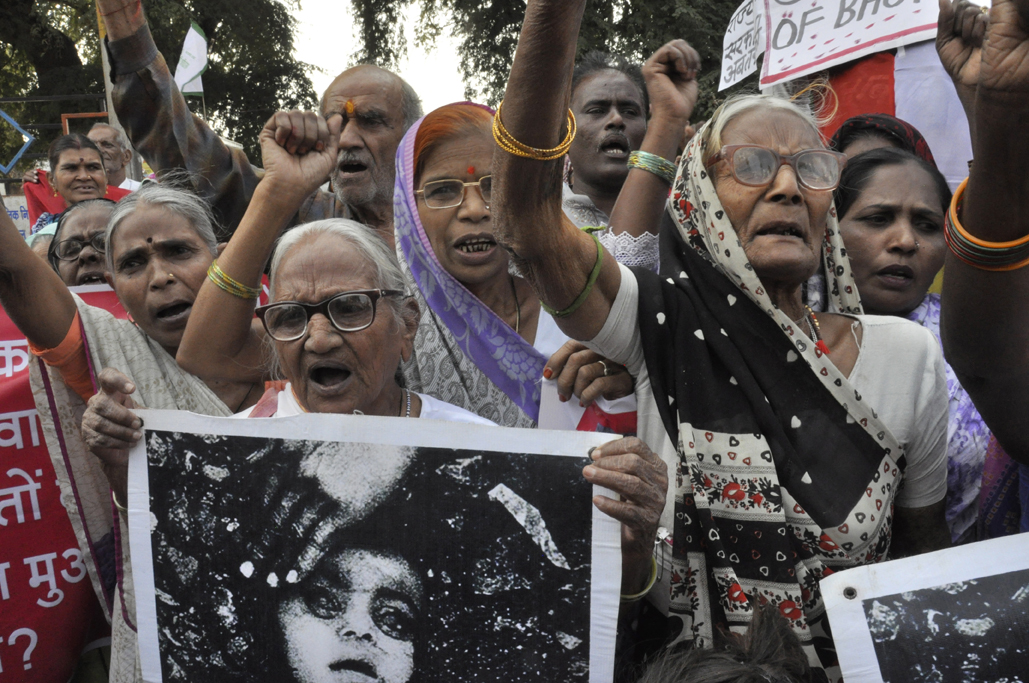Sambhavna Study Says Gas Hit Ten Times More Prone to Cancer
On the twentieth anniversary of the Sambhavna Clinic, a preliminary report from a ground-breaking study revealed that cancer incidence, in people exposed to the methyl isocynate (MIC) gas leak of 1984, is ten times greater than in the unexposed population.
The large study (which is currently awaiting peer review publication) was performed, over seven years, by a team of researchers from the clinic on an unprecedented sample size of 100,000, including: gas affected; water affected; gas & water affected; plus a control group, comprised of 25,000 from each.
Ritesh Pal, of the Community Research Unit in the clinic, presented the preliminary findings He said: “The study shows that, in comparison to unexposed families, gas and contaminated ground water exposed families have a significantly larger number of people with TB, paralysis and cancers and that the rate of cancers of gas exposed people is more than ten times of unexposed people.”
According to the study, lung, abdominal, throat and oral cancers are significantly higher in both the gas exposed group and the group exposed to the gas and contaminated water.
Gas exposed women were found to have suffered a significantly larger number of abortions in comparison with unexposed women. When compared to those from an unexposed population, a significantly larger number of children born to gas exposed and contaminated ground water exposed parents had birth defects.
Gas-hit more prone to cancer, says study - Times of India, 2016


